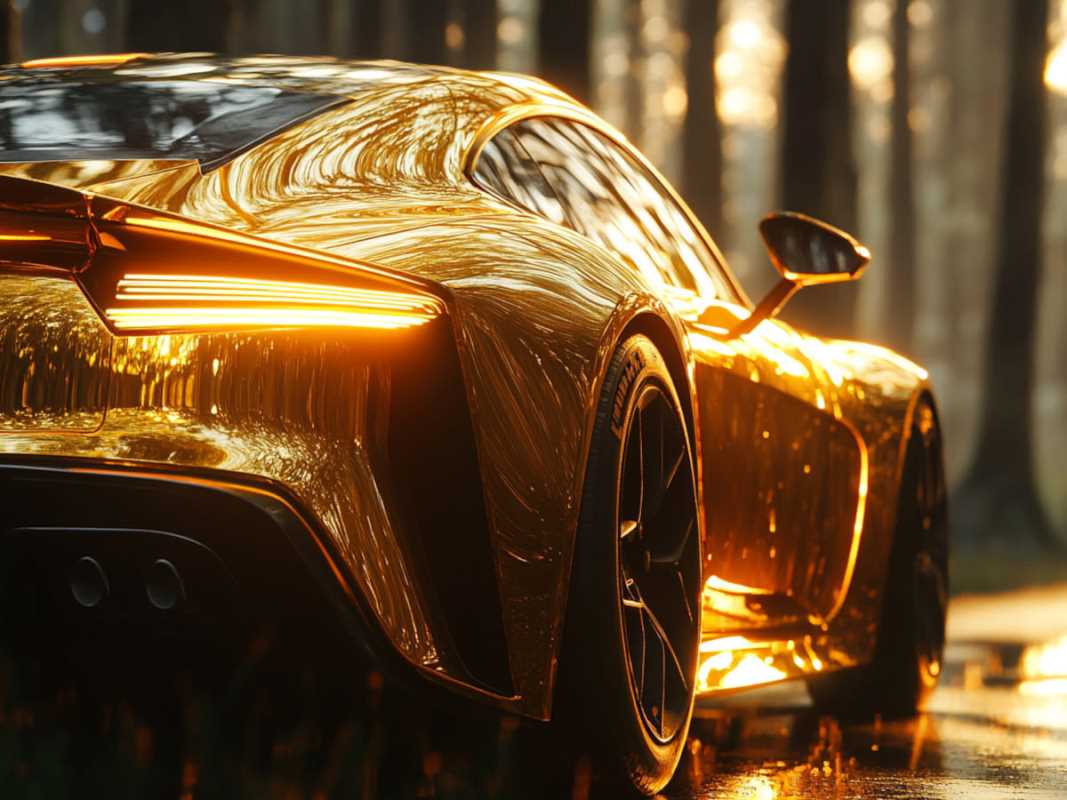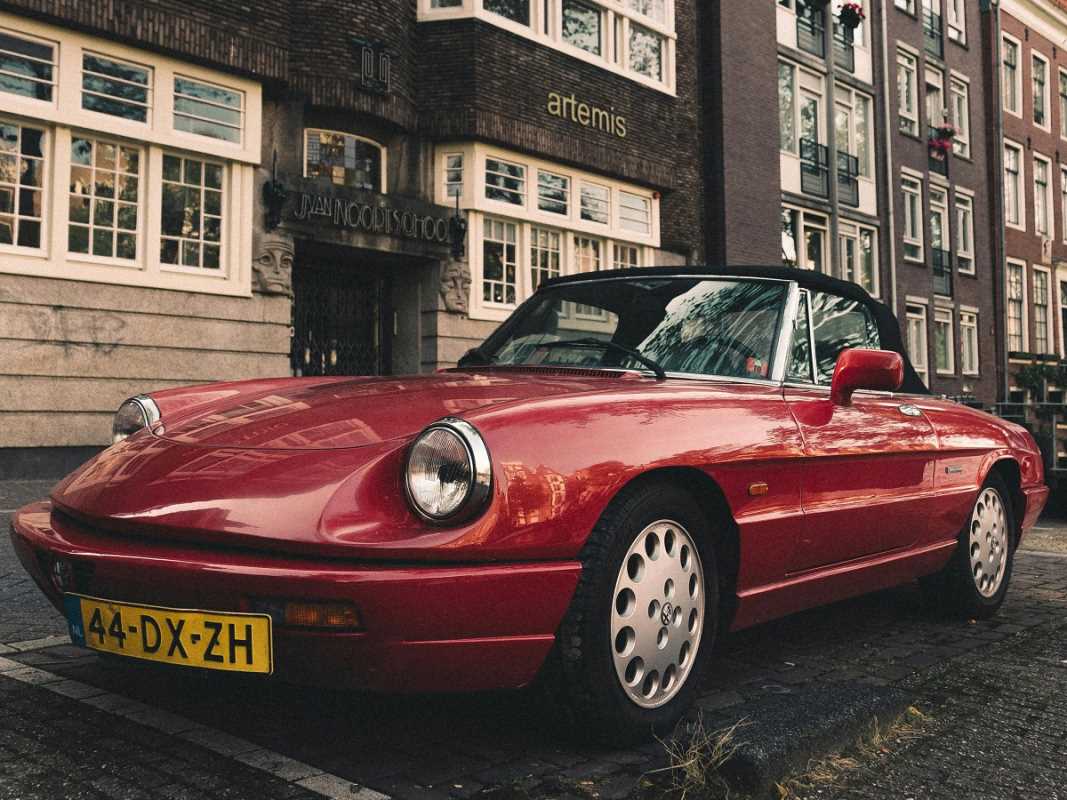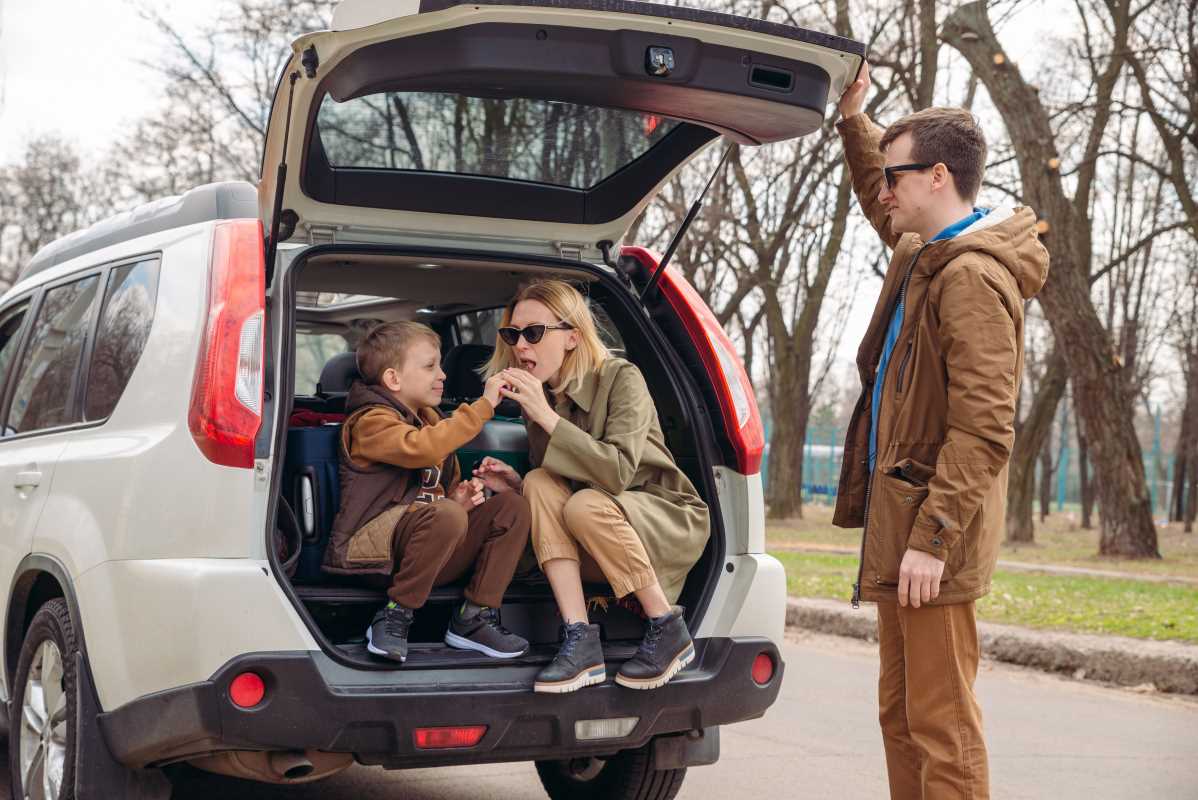The art of car photography has long been associated with professional cameras and advanced gear. But in today's smartphone era, you don't need a DSLR to take jaw-dropping car photos. Armed with the right techniques and a good phone camera, you can create images that rival professional-grade shots. Whether you're an automotive blogger, a car enthusiast, or someone who wants to better showcase their ride, this article will guide you through every step to capturing stunning car photos with just your phone.
1. Understand Your Phone's Camera Features
Before you start snapping away, familiarize yourself with your phone's unique camera features. Modern smartphones come equipped with impressive tools, often rivaling entry-level cameras.
- Resolution: Ensure your camera resolution is set to the highest available setting.
- HDR Mode: High Dynamic Range (HDR) balances the contrast between light and shadow to create evenly exposed photos. It’s particularly useful in bright daylight or high-contrast scenes.
- Manual Controls: If your phone has a "Pro" or "Manual" mode, use it to adjust settings like ISO, shutter speed, and white balance manually for better control.
- Focus and Exposure: Tap on the subject (the car) to lock in the focus and adjust the exposure for optimal brightness.
Take some time to experiment with these features to understand what works best for different lighting and environments.
2. Choose the Right Time of Day
Lighting is everything in photography. Natural light can make or break your car photos, so timing is key.
- Golden Hour (just after sunrise or before sunset): This is the best time to shoot. The light is soft and warm, casting beautiful colors and long shadows that add depth and dimension to your photo.
- Overcast Days: If you prefer even lighting and fewer harsh reflections on the car's surface, overcast weather is your friend. The clouds act as a natural diffuser, softening the light.
- Avoid Midday Sun: Harsh, direct sunlight can create strong shadows and harsh reflections on the car's surface, making it difficult to capture details.
3. Find the Perfect Location
A beautiful car deserves a backdrop that complements its design and aesthetic. Choosing the right location can elevate your photo from good to extraordinary.
- Match the Environment to the Car: A rugged 4x4 might look more at home on a dirt trail or mountain pass, while a sleek sports car will shine on an open road or in a modern urban setting.
- Remove Clutter: Avoid messy or distracting backgrounds. Keep the focus on the car by selecting a location with clean lines, simple buildings, or wide-open spaces.
- Reflect Your Photo’s Mood: For something dynamic, use city lights or nighttime scenes. Want a more tranquil vibe? Look for serene lakesides or stunning natural vistas.
4. Pay Attention to Composition
Composition is what turns an average photo into a work of art. Keep these key principles in mind:
- The Rule of Thirds: Enable the grid feature on your phone to align the car with one of the gridlines or intersections. This creates a dynamic and professional-looking composition.
- Negative Space: Surround the car with ample “negative space” (like sky or open ground) to make the subject pop.
- Angles Are Everything: Experiment with different perspectives. A low angle can make the car look imposing, while shooting from above can give a sleek overview of its curves. Walk around the car and try various angles to discover its most flattering features.
- Symmetry: Cars are naturally symmetrical. Centering the car in the frame and emphasizing that symmetry can result in clean, visually appealing photos.
5. Focus on Reflections and Details
Cars are reflective surfaces, so carefully managing reflections is essential for car photography:
- Control Reflections: Walk around the car to see how different angles reflect light or nearby objects. Position yourself so distractions don’t reflect on the car's surface. Use open skies, clean structures, or nature as reflected elements.
- Highlight Details: Don’t just shoot the whole car. Zoom in on details like the headlights, grille, wheels, or logo. These close-ups can add variety and flair to your collection of photos.
6. Master the Art of Framing
Framing refers to how you position your subject within its environment. It helps guide viewers' attention to the subject (in this case, the car).
- Use Natural Frames: Look for arches, doorways, tree branches, or fences that "frame" the car within the shot.
- Foreground Elements: Include some foreground elements, like blurred leaves or objects, to add depth.
- Leading Lines: Roads, fences, or building lines can draw the viewer’s eyes toward the car, making it stand out in the frame.
7. Keep the Car Clean and Polished
This might go without saying, but to photograph a car at its best, ensure it’s spotless. Dirt, smudges, and fingerprints will be all too visible in smartphone photos.
- Wash and Wax: Clean the exterior and polish the windows, wheels, and paint to bring out the car’s shine.
- Interior Touches: If you plan to shoot the interior, ensure it’s free from clutter, dust, or any distractions.
A clean car reflects light beautifully and looks far more presentable in high-resolution photos.
8. Play with Motion and Action
Car photos don’t have to be static. Adding movement can create dynamic, high-energy shots.
- Panning Shots: Use the panning technique by following the car with your phone for a blurred background that suggests motion.
- Light Trails: If shooting at night, place your phone on a tripod and capture long exposures of cars passing by to create dramatic light trails.
- Rolling Shots: Shooting from a moving car (safely!) alongside the subject vehicle can add a thrilling, cinematic effect.
Motion adds life, energy, and excitement to your car photos, making them more engaging.
9. Use Editing Apps for a Final Touch
No matter how good your phone is, a little post-processing can take your photos to the next level. Editing tools can adjust exposure, remove imperfections, and enhance colors.
- Brighten and Sharpen: Tools like Snapseed and Lightroom Mobile allow you to fine-tune brightness, contrast, shadows, and clarity for stunning results.
- Remove Clutter: Use apps like TouchRetouch to remove distracting objects from your image.
- Highlight Colors: Bring out the rich tones of the car’s paint or the warmth of the environment to make your image pop.
- Filters: Use filters sparingly to enhance the mood. Avoid overediting, as it can make your photos look unnatural.
10. Practice, Practice, Practice
Like any art form, mastering car photography takes time and effort. Use every opportunity to experiment with different scenarios, light conditions, and techniques. Over time, you'll begin to understand what works best for your phone's capabilities and your unique aesthetic.
Capturing stunning car photos with a phone is entirely within your reach. With attention to lighting, angles, and composition, combined with modern editing tools, you can create images that turn heads.
 (Image source: Midjourney)
(Image source: Midjourney) 





